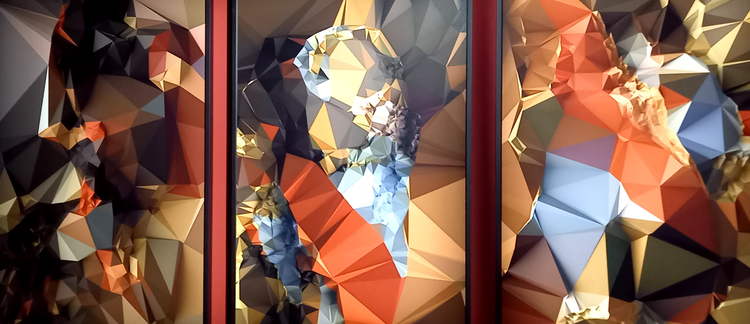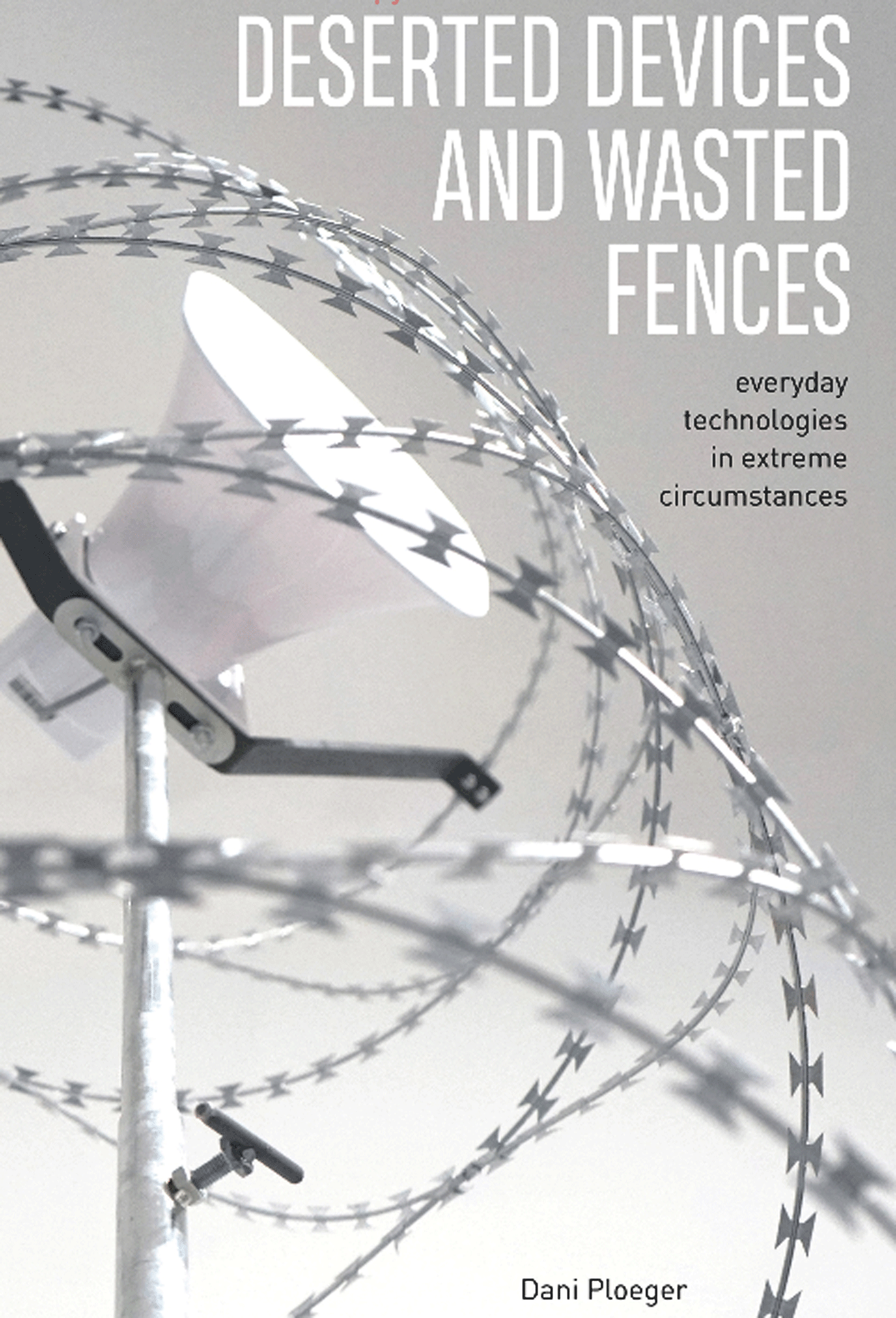The opening chapters (Chapters 1 to 3) of Deserted Devices and Wasted Fences draws on the distinction between the Global North and Global South when it comes to technology and its consumption. Ploeger illustrates the increasing planned obsolescence in more and more lifestyle devices, from smart phones to beard trimmers. Drawing from his travels in Lagos, Nigeria, to find electronic waste from Europe, he highlights how obsoleteness in the Global North is not the extinction of the device, just another stage of its life – notably in the Global South, where many devices are re-used, or repaired for use again. This extended life beyond consumer use in the west points to a façade of obsolete, unlike the light bulb that ceases to function, phones and laptops remain operational yet are less frequently desired due to hyper-consumption, emboldened by the market of annual models (for example, smartphone upgrades). Deserted Devices and Wasted Fences encapsulates this focus further with the emphasis of fitness over health in consumption, with the former guaranteeing that ‘you can always be fitter’, rather than attaining health to minimise disease.
Ploeger builds from this grounded orientation of devices within current societal models, with technology present in the Global South turning back to the Global North with a removed critical eye – he begins to zoom in on the granular and intimate intertwining of the human and non-human. By introducing his unrealised collaborative project involving a strap-on dildo, Ploeger traverses the ‘Uncanny Valley’ of human-ness, comparing the kinky device to a prosthetic hand. Although both appendages of the human body, the likeness of a hand removed causes an uncanniness, an anxiety of something that is missing; the prosthetic being the replacement. Whereas the dildo maintains a steadfast purpose of addition rather than replacement, claiming a ‘canniness’ in our humanist culture. This comparison draws an interesting point on the ableist tendency humanism as cultured, with Deserted Devices and Wasted Fences being a manifesto for reaching a posthuman acceptance of all bodies via the ‘un-uncannying’ of body parts and body absences, with a saturation of bodily devices. This human entanglement is probed further by Ploeger counteracting the marketed sanitised cleanliness of tech with the unavoidable penetration of the internals by our dust, remnants of our skin, culminating in an techno-human orgy, conceiving cyborgs. Chapter Five (The Dirt Inside: Computers and the performance of dust) celebrates this dirty, inefficient cyborg as a device liberated from the human, consumer designs.
Drifting from intimacy Ploeger extrapolates the role of devices facilitating alienation, conflicting with the notion of technology opening up global communication, bringing us ‘closer together’. GPS on maps don’t allow us to interact with the world around us, with screen arrows encouraging the eye to steer away from street signs. In conflict zones, drones become part of a sonic ambivalence, hovering above singled out communities, the presence of violence is present just like the weather. The drone device is a removal of human interaction, with Ploeger contending, breeds a lack of ethical considerations. His time on the Ukrainian border with Russia echoes this sentiment. Soldiers using their personal devices to film their warfare, with ‘good footage’ being generated by violent action, cementing their purpose and contributing to a Hollywood nostalgia to war. This ease of documentation and communication ensures violence reaches a consumer far removed from conflict yet encourages a fear beyond their locality – fear becomes globalised, like the hyper-consumption machine.
Deserted Devices and Wasted Fences builds on these tools of violence toward the fabric of public interactions, from pandemic laser thermometers and smart fences at borders, to anti-terror bollards on urban boulevards. These statements of control can bring comfort to a consumer. The technical ability to take a temperature that decides the actions of an individual removes the human responsibility to a technological control, with Ploeger drawing similarities with a slaughterhouse bolt gun. His interactions with a smart fence at the EU border, provoked the notion of control as the physical barrier becoming more of a symbol for clean and frictionless control, marketed to the inner EU consumer population. By labelling the border ‘smart’ the consumer can find comfort through their understanding of their own smart devices, that allow seamless control in lifestyle actions. Border control just becomes a part of the fabric of consumer culture. Just like the blending of anti-terror bollards into the urban landscape; becoming benches and props, as well as instruments of control.
Ploeger closes with a nod to the techno myths of life improvement, propagated by companies to make more and sell more to a hyper-hungry market. Yet the perceived improvement is coming at a cost of climate destruction and chaos which will sooner bite back. It is clear this unsustainability of our relationship with consumer devices, and military/state devices, is of interest to Ploeger going forward in his practice and research. Deserted Devices and Wasted Fences boldly traverses the intimate to the societal, to the ecological, which leaves us asking more stimulating questions about the roles we play, what it means to be human, and whether being human is all we think it is and what it should be.
Competing Interests
The author has no competing interests to declare.
Author Information
Ben is a PhD student at De Montfort University, Leicester, UK. His practice-based research investigates theatre as an activist tool that is and could be further effectively deployed by the growing animal rights movement, particularly as a means of expressing trauma. As a performance artist and animal rights activist, Ben is interested in the role of performance in activism. As well as creating performance projects in activism and in education, Ben runs an online archive documenting and probing performing arts in the animal rights movement.

